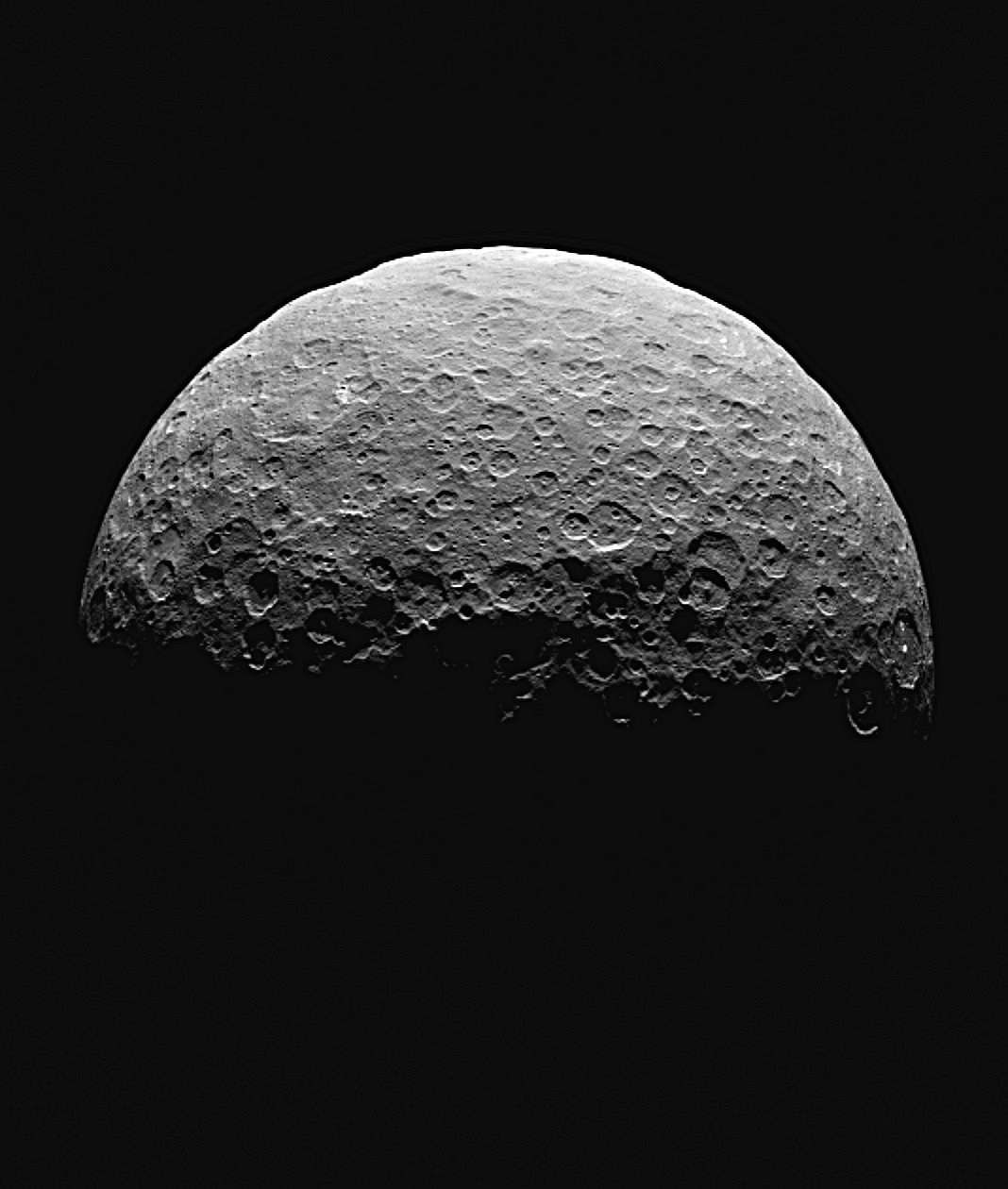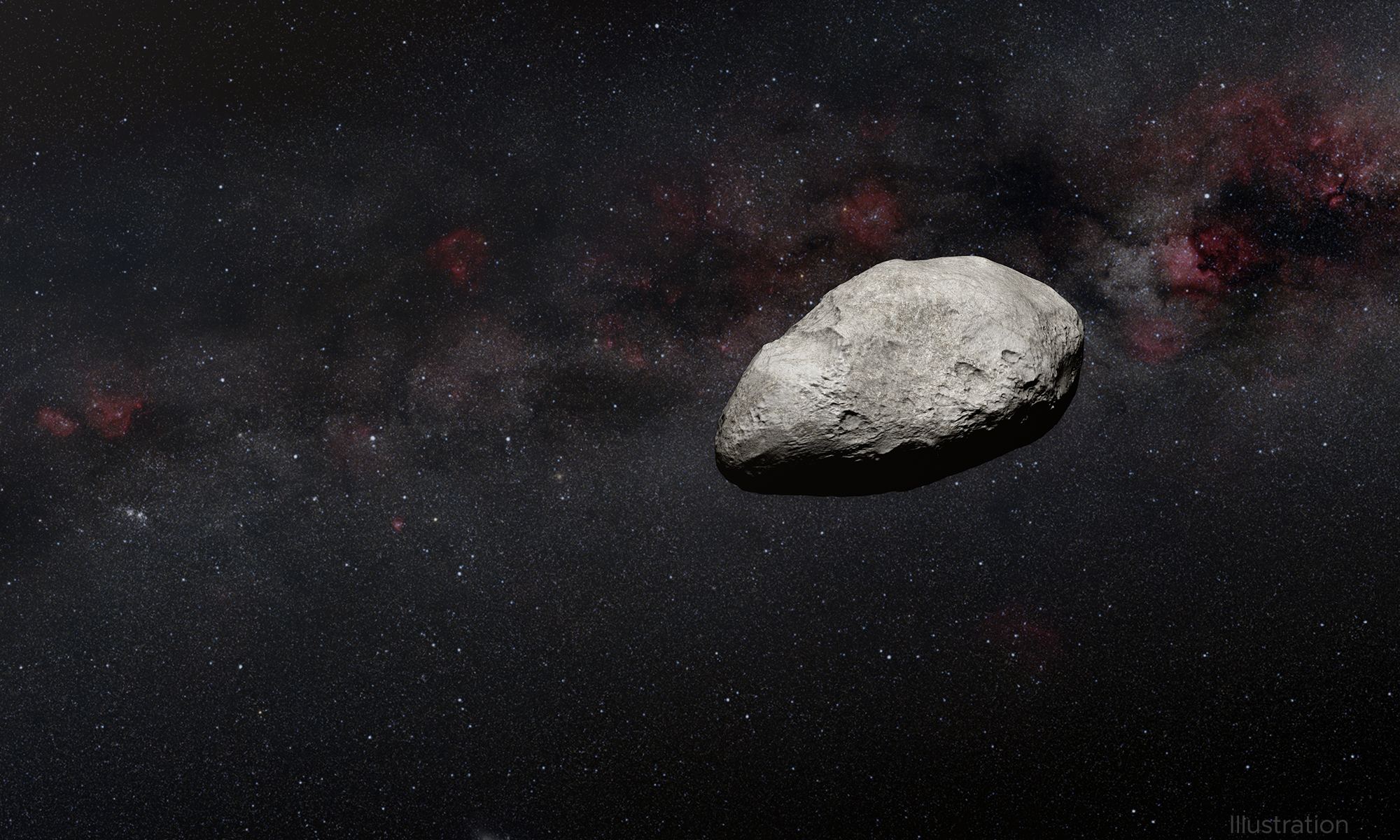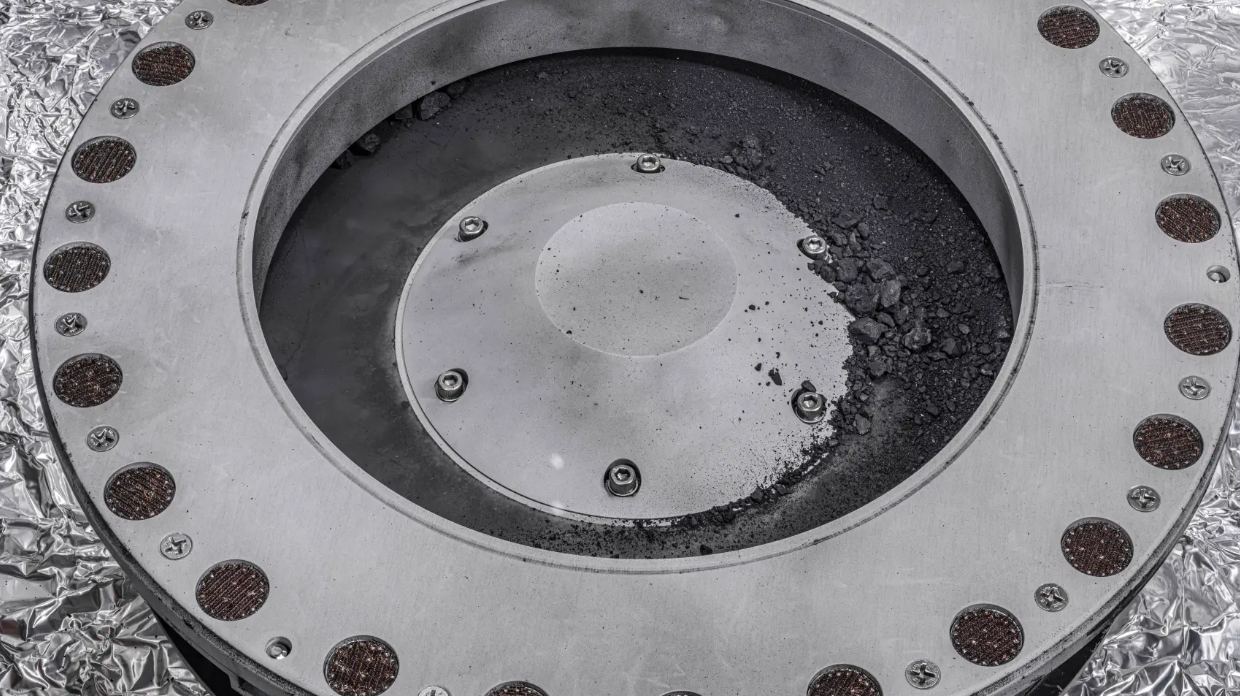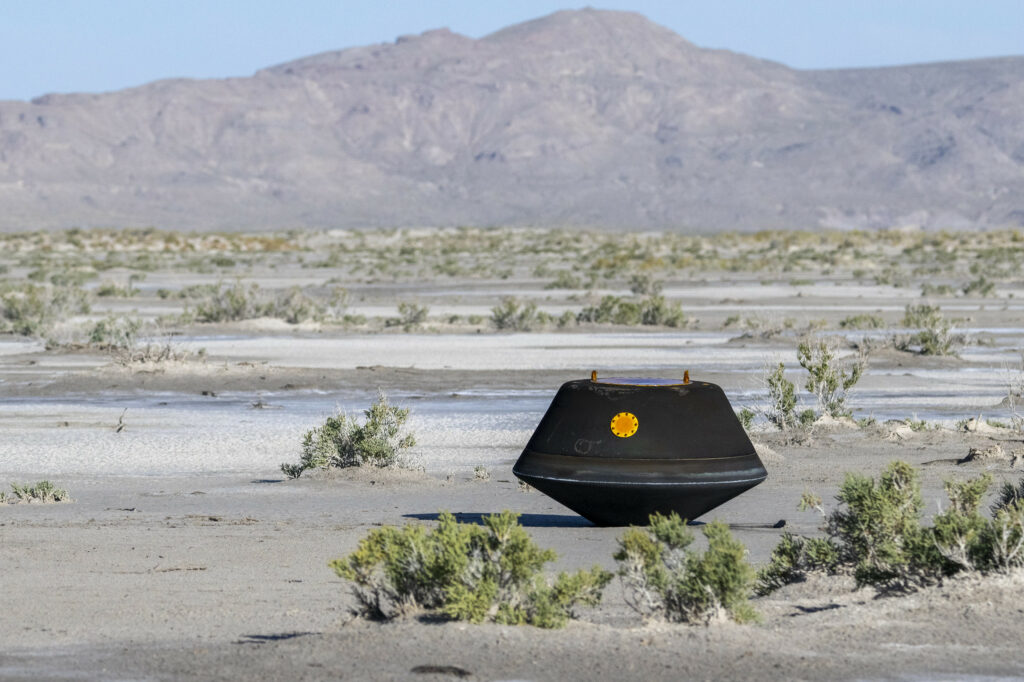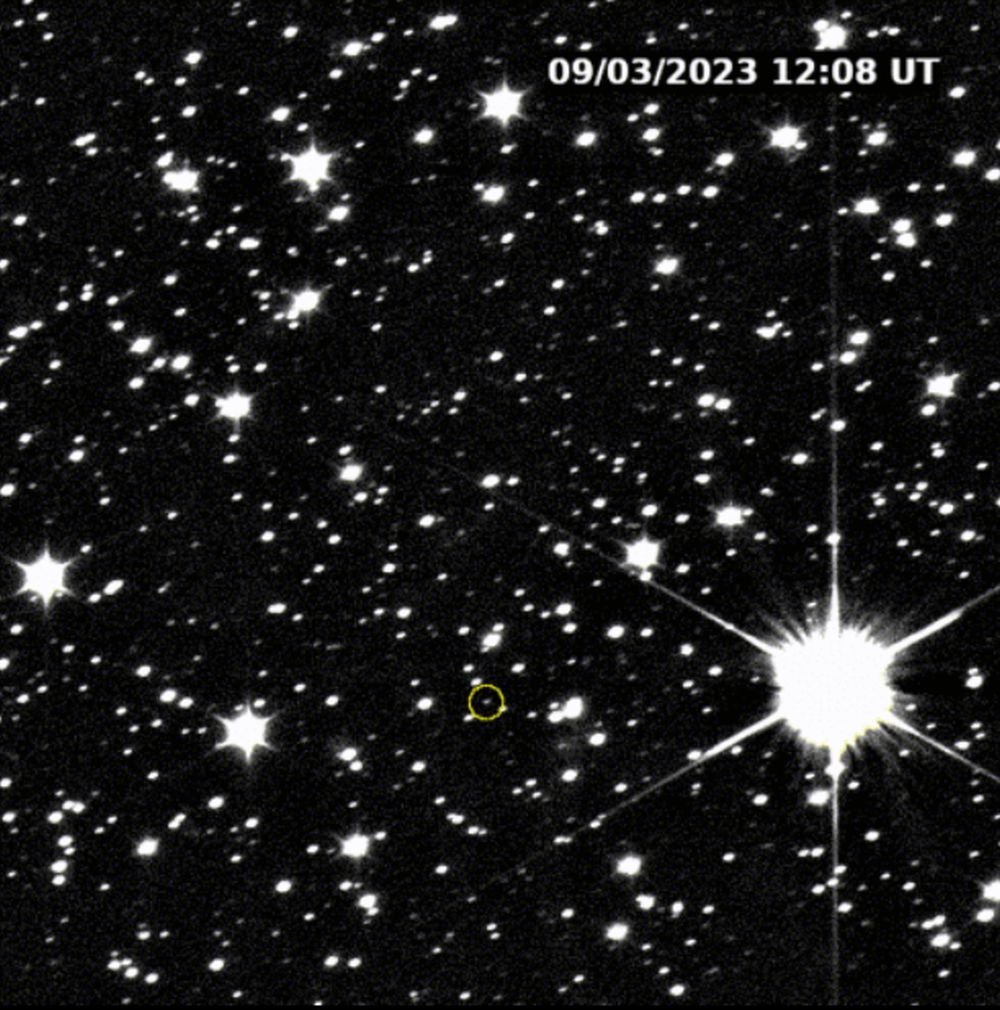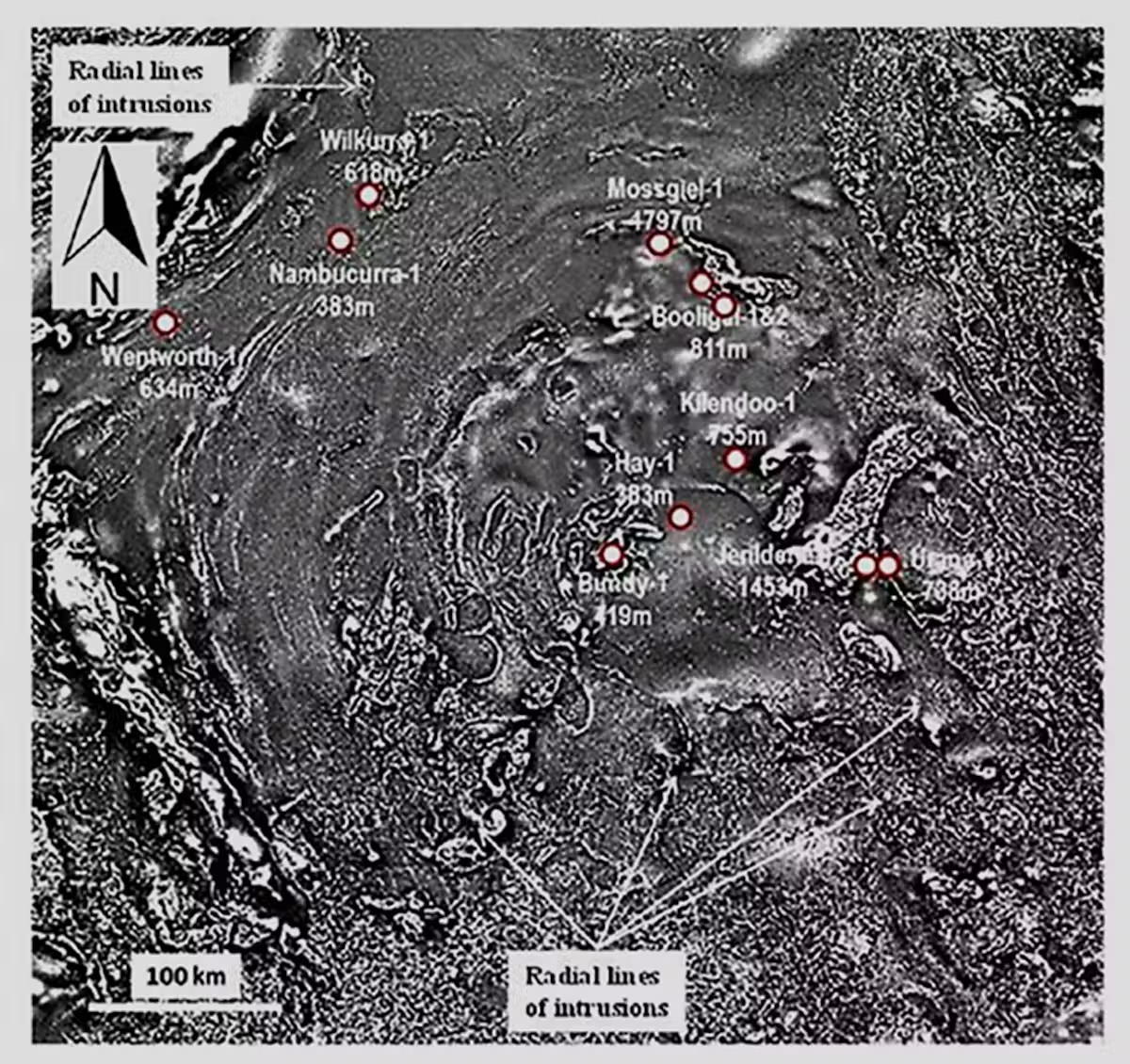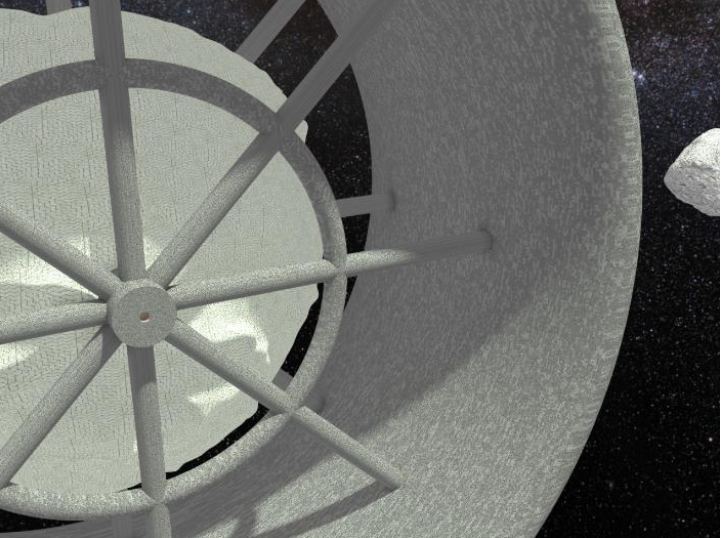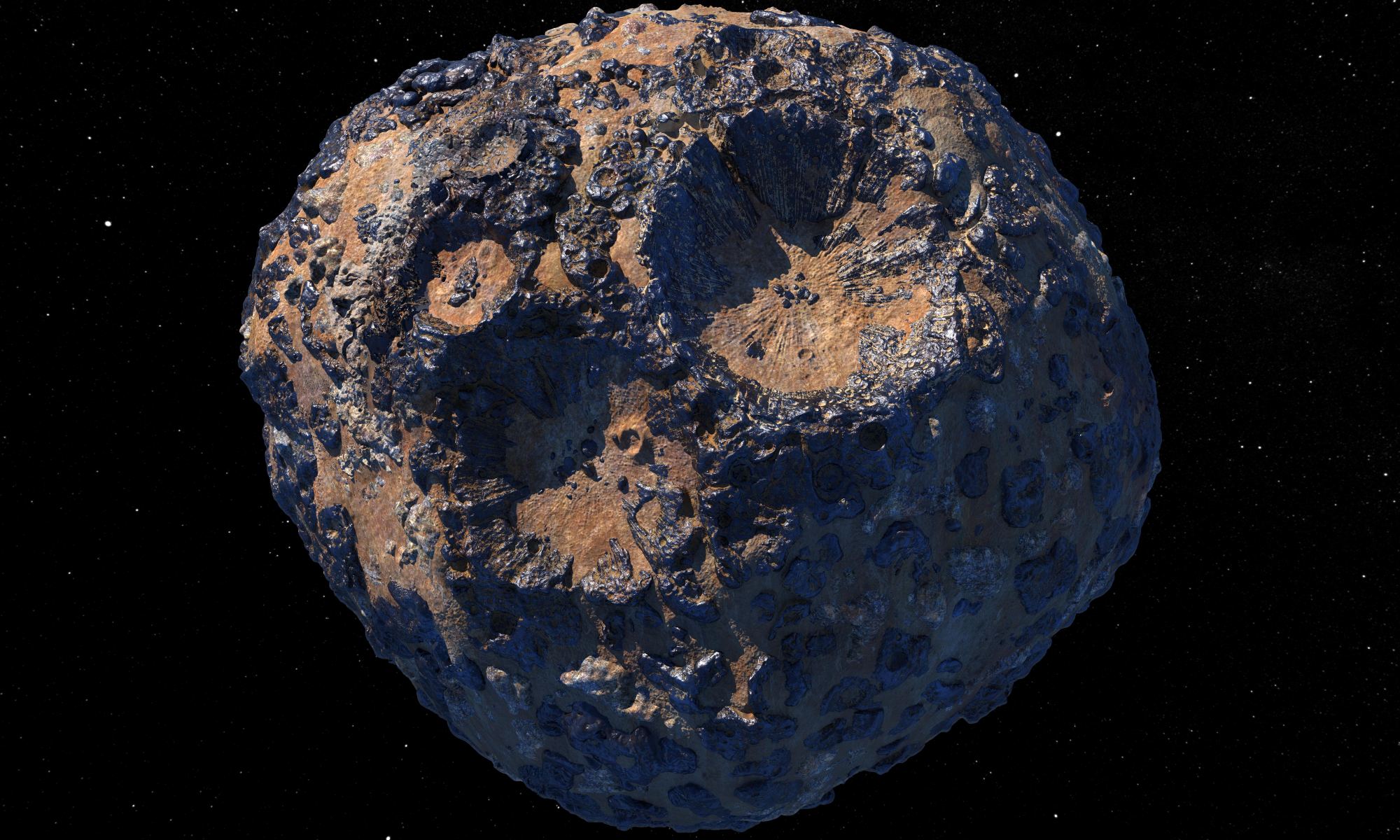It might be oxymoronic to say that the more we find out about something, the more mysterious it becomes. But if that’s true of anything in our Solar System, it might be true about Ceres, the largest body in the main asteroid belt.
Continue reading “A Hypervelocity Experiment Mimics the Surface Conditions of Ceres”A Hypervelocity Experiment Mimics the Surface Conditions of Ceres
